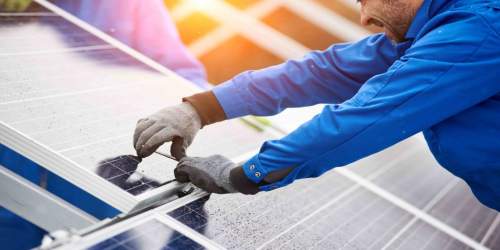Read Time : 6 Minutes
Information on Photovoltaic systems
What is a Photovoltaic System?
The photovoltaic system is also known as a solar PV system. It is an energy system that has been designed to capture energy from the sun and transform it into electricity by using photovoltaics, which is also known as solar panels. It is an incredibly safe system to use, as well as low-maintenance – which is great if you want something easy to look after and won’t cost you a fortune in repairs. Plus, it is incredibly reliable and provides green energy without any kind of pollution or emissions. So by installing and using a PV system, you are contributing to a better environment and creating a sustainable home. The solar photovoltaic system falls into two main categories - grid connected and off grid system. The former of these allows you to send excess energy produced by your solar panels back to the National Grid, where it can be used to power the homes of others. Of course, this excess energy is not just given to them; you sell it to them instead. Off-grid systems are only for personal use and cannot have excess energy sent away. Generally speaking, they are only installed in remote locations where there is no access to the grid. If this has piqued your interest and you would like to learn more about photovoltaic systems and the associated costs of installation, then there are two options. The first is to keep reading this detailed information page, and the second is to get in touch with us (you can do both, of course). Simply fill in the contact form that can be found at the top of this page. It is completely free from obligations and allows us to contact you regarding the process of installation and associated costs. Plus, you can even ask our professional installers any questions you might have about the systems.
COMPARE PRICES FROM LOCAL INSTALLERS
Compare prices from local companies fast & free
Enter your postcode to compare quotes from leading professionals. We promise to keep your information Safe & Secure. Privacy Policy
How Does the Photovoltaic System Work?
The photovoltaic system is able to produce energy at its most efficient levels when all of the individual elements are functioning together. Take a look at this video which explains the process on each of its stages.
The Advantages of a Photovoltaic System
The PV system is an incredibly efficient one, and installing them means that you can benefit from the following: The solar energy that is produced by this system is incredibly sustainable. This is because the sun is a renewable resource (and one of the best the planet has). This means that there cannot be over-consumption of the energy source because it is abundant and occurs naturally. Solar energy can be produced absolutely anywhere in the world, regardless of the weather conditions. While it is true that the countries that are closest to the equator have the greatest potential in terms of solar energy production, it is not solely available to them. Even if the days are cloudy, solar energy will still be produced. It is a valuable resource. Solar energy is also free. While the installation costs might be a little higher than the average energy system, you are not charged for any of the energy produced by your PV solar panels. It is a free electricity resource that can power your home efficiently. Leading on from this point, when you use solar energy your bills will be reduced in the long run. In fact, you can even generate further income by selling excess energy back to the National Grid or your energy provider. On average, people in the UK find themselves saving over £350 a year by using solar energy. When you have a photovoltaic system installed in your house, it will also increase your independence from non-renewable energy sources, as well as the value of your home. Being able to rely on renewable energy sources instead can be a very liberating experience and is great for the environment. The more homes that use solar energy, the better. Not only will it have an incredibly positive impact on the environment, but it will also create more jobs in the renewable energy industry. So you are not only contributing to a healthier planet, but also a wider job market. It’s not just electricity that can be produced by using solar energy. It can also be used to heat water or fuel the heating system in your home or place of work. So if you are looking for further ways to go green, it’s work taking a look at solar thermal and solar water heating. That way, your whole home can go solar.
Photovoltaic System Components
The photovoltaic system consists of a large number of parts that allow it to function efficiently and correctly. In order to operate and generate electricity, a number of features must be set in place. Therefore, a solar PV system consists of the following:
Maximise Your Energy Output
The photovoltaic cells must be mounted on a stable structure that is able to support the entire structure (or solar array) as well as withstand multiple weather conditions. Even in severe winds, heavy rain, and snow, it should be able to function normally. It should be able to withstand these weather conditions and avoid corrosion not only throughout the year but also over the course of decades. The mounting structures are designed in such a way that they are able to tilt and adjust the solar array at a fixed angle that has been determined by local latitude, the orientation of the structure, and the electrical requirements. In order to have the best possible annual output of energy, the positioning of modules is absolutely key. Modules that are located in northern countries are faced towards the south, and inclined at an angle that is equal to local latitude. The rack mounting method is the most commonly used due to the fact that it is versatile, durable, and easy to construct as well as install. If you are interested to see what the best angle for solar panels is in your city, take a look at the table below. We have incorporated the five largest cities in the UK, and the angles according to the time of year.
| City | Winter | Spring and Autumn | Summer |
|---|---|---|---|
| London | 14-degree angle | 38-degree angle | 62-degree angle |
| Birmingham | 14-degree angle | 38-degree angle | 62-degree angle |
| Leeds | 12-degree angle | 36-degree angle | 60-degree angle |
| Glasgow | 10-degree angle | 34-degree angle | 58-degree angle |
| Sheffield | 14-degree angle | 37-degree angle | 60-degree angle |
You can also have solar PV arrays that are mounted on the ground. These are installed with tracking mechanisms that have been developed to move the solar panels so that they follow the sun automatically as it moves across the sky. This way, they are able to provide more energy. The most common trackers are one-axis and two-axis. The one-axis trackers are designed to follow the sun from east to west as it rises and sets. However, the two-axis trackers allow the PV cells to remain pointed directly at the sun throughout the day. It’s a more advanced system that generates more energy. Of course, the more advanced the system, the higher the price of installation and maintenance is likely to be. Photovoltaic Cells, Modules, and Arrays The PV modules are a packaged assembly that tends to consist of 6x10 solar cells that simply connect together. The modules are wired into a PV array so that they can generate the desired level of electrical current and volume for your home or business. The modular PV systems are incredibly flexible and allow designers to create different types that will meet a whole range of electrical requirements. The solar cells themselves tend to be very thin, and are fragile as a result. They are placed between a transparent front and back sheet that is usually made from glass or a form of tough plastic. Generally speaking, an aluminium frame is fitted around the module to make any required maintenance easier. The arrays that contain the cells and modules tend to be the most important components of the system.
Solar Power Inverters
The third component of the photovoltaic system are the solar inverters. Their function is the conversion of direct current (DC) electricity that has been generated by the solar modules into alternating current (AC). This is what is used to power our homes and the local transmission. As a result, this element of the PV system allows you to receive and use the electricity that you require for powering even the most basic home appliances. Typically, PV systems have two types of inverters. They have one inverter for all the modules that converts the energy generated by all modules, as well as a micro inverter that can be found in each individual module. Generally speaking, one inverter across the modules is a more cost-effective method, and it tends to be easier to cool down and service if necessary. However, the micro-inverters can be a better and more beneficial method if some of the modules in the array are in a shaded area. This is because they will operate independently from the modules that are still exposed to the sunlight, which means they produce energy more efficiently. Aside from these two basic inverters, a new and more advanced kind was also developed. This is known as the ‘smart inverter’, and it allows for two-way communication between the solar inverter and the electrical utility. This allows for a balance between supply and demand, resulting in a reduction of costs, grid stability, and a decreased risk of losses of power in the home. It’s also good to measure how much energy you are using and how much you have fed the grid. A utility meter, also known as a net-meter, is connected to the PV system so that you can keep regular and accurate readings of consumption and output.
The Storage of Solar Energy
Solar batteries are added to the PV system so that the electricity that has been obtained through the solar panels can be stored. These batteries are rechargeable and allow for the safe storage of solar energy, so that even when the weather prevents the light from the sun reaching the solar cells, you can still use the energy is produces. In addition to allowing us to use solar energy at any given time, the solar batteries are also very beneficial to the utility companies. If the PV system is connected to the grid, the excess energy that you send to the grid can be returned to you at a later point by using the solar battery. It keeps an accurate record, so everything is logged and kept track of. It can take a lot of time to choose the right photovoltaic panels, especially because you want to make sure you are getting the right ones for your home. However, we are here to help and make the process a little easier for you to get through. We can provide you with additional information and a free no-obligation quote from a number of different solar panel suppliers across the United Kingdom. All you need to do is fill in the form on this page, and one of our experts will be in touch with you.
Find a local installer
Welcome to the biggest directory of UK renewable energy companies





 How Much do Solar Panel Systems Cost in 2024?
How Much do Solar Panel Systems Cost in 2024?







